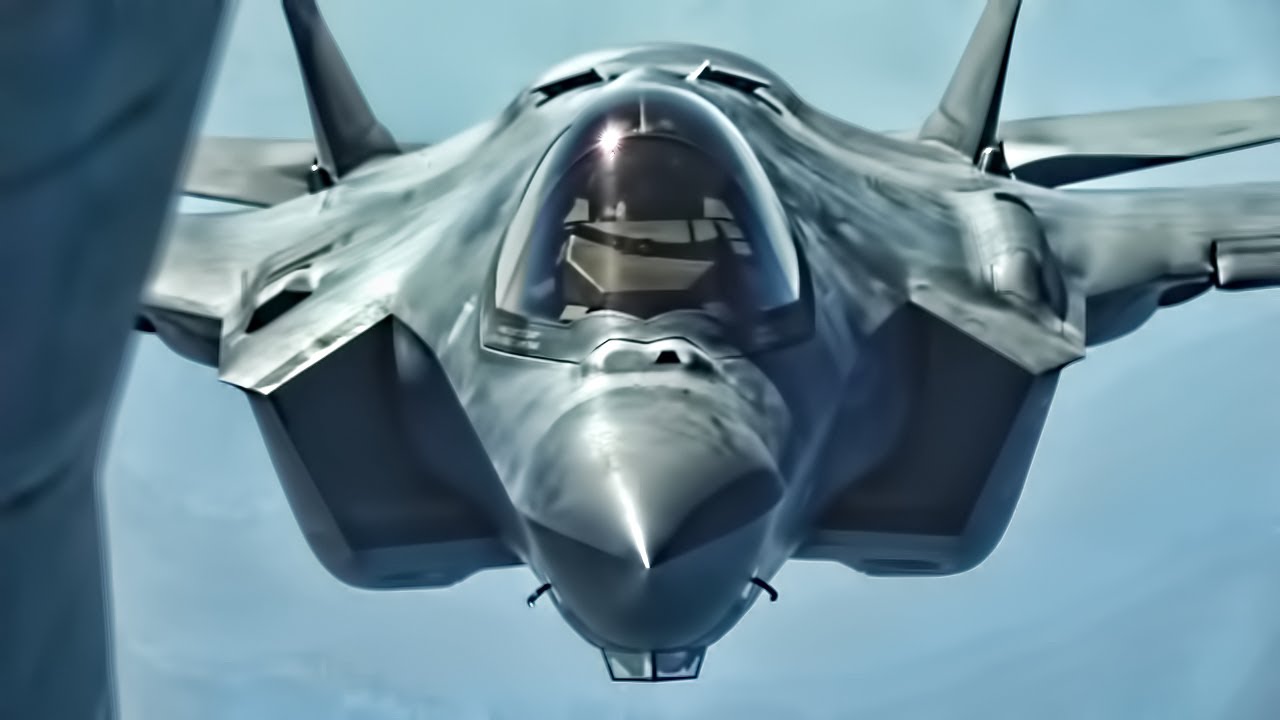The United States, Australia, and Japan have pledged to conduct joint F-35 exercises across their territories, signaling a unified commitment to enhancing regional defense capabilities.
The announcement came following a Trilateral Defense Ministerial Meeting held in Hawaii on May 2, 2024, attended by the Australian Deputy Prime Minister and Minister for Defence, Richard Marles, the Japanese Minister of Defense, Kihara Minoru, and the US Secretary of Defense, Lloyd Austin III.
Amid growing tension with China and a shifting security landscape across the Indo-Pacific, the ministers agreed to intensify the frequency and complexity of trilateral exercises, with particular focus on F-35 training.
In a joint statement issued following the meeting, the ministers outlined plans to conduct trilateral F-35 exercises, including the upcoming Cope North in the US, Bushido Guardian in Japan, and Pitch Black in Australia, from 2025 to 2026.
This commitment follows the milestone of reciprocal deployments of Japan and Australia’s F-35As, with both nations deploying fighters to each other’s territories in 2023.
Further, the ministers highlighted the progress made in trilateral training efforts, including the utilization of ranges in Australia and Japan’s successful conduct of anti-air and anti-ship missile launches in Australia in 2023.
Looking ahead, the ministers revealed plans for the first combined live-fire air-and-missile exercise slated for 2027, along with developing a joint air defense architecture to counter the rising air and missile threats in the Indo-Pacific.
The ministers expressed satisfaction with the significant milestones achieved in their trilateral collaboration over the past year. They reiterated their determination to enhance the depth and breadth of their joint efforts.
Since 2022, the three military forces have engaged in various coordinated Asset Protection Missions, conducted trilateral transits in the South China Sea, and elevated the sophistication of their Intelligence, Surveillance, and Reconnaissance (ISR) cooperation, including active operations in maritime and aerial domains. They pledged to broaden their trilateral ISR cooperation.
Meanwhile, Philippines Secretary of National Defense Gilberto Teodoro Jr joined the meeting, marking the second-ever joint gathering of the defense chiefs from the four nations.
Secretary Austin highlighted the shared commitment to support the Philippines in achieving its defense modernization goals, with a special focus on enhancing interoperability through coordinated security assistance.
Major Threat To Chinese Ambitions
The F-35 aircraft is becoming a cornerstone of the United States and its allies’ military capabilities, offering advanced features that are reshaping tactical aviation.
There are approximately 450 F-35 aircraft in operation with the US Department of Defense’s tactical aviation fleet. Australia has committed to purchasing 72 Lockheed F-35As, with plans to expand its fleet to 100 jets.
On the other hand, Japan has placed orders for 105 F-35As and up to 42 F-35Bs, reflecting a significant investment in modernizing its air force.
The decision to conduct F-35 training exercises in all three countries holds immense strategic importance, particularly amidst the escalating tension with China. These joint training initiatives not only enhance cooperation between the US, Australia, and Japan but also serve as a deterrent against potential aggression.
Additionally, an acquisition and cross-servicing agreement between these nations ensures logistical support for F-35 fleets across the region.
The ability to access each other’s territories provides a tactical advantage. It allows the dispersion of assets and mitigates the vulnerability of legacy airfields to Chinese missile threats.
China’s capacity to target airfields within thousands of kilometers of its territory poses a major challenge. However, Australian bases offer safety from potential Chinese strikes but are too far for sustaining fighter operations in North Asia.
The interoperability and logistical cooperation among F-35s from the US, Japan, and Australia also present a serious obstacle to Chinese air dominance in the event of a potential invasion of Taiwan.
In a conflict scenario, the Multi-Function Data Link (MADL) technology integrated into the F-35 will bolster this alliance by facilitating secure and smooth data exchange throughout the entire Pacific theater.
This technological advantage will also enhance coordination and situational awareness, thereby augmenting the collective defense capabilities of the allied nations.
According to an official release by Lockheed, by 2035, more than 300 F-35s will be stationed in the Indo-Pacific region. This figure includes F-35s from the United States, Australia, Japan, the Republic of Korea, and Singapore.

The addition of South Korea and Singapore, both allies of the United States, to the F-35 network adds another layer of complexity for China to contend with.
Along with sea-based F-35s from the US Navy, operating from carriers and amphibious assault ships, this network of fifth-generation fighter jets effectively encircles the Pacific, creating a formidable defensive perimeter.
The proliferation of F-35 aircraft and the strategic cooperation between the United States and its allies present a key challenge to Chinese military ambitions in the Indo-Pacific region.
Through joint training exercises, logistical support agreements, and technological integration, the F-35 network emerges as a potent force capable of countering Chinese aggression and safeguarding regional stability.
- Contact the author at ashishmichel(at)gmail.com
- Follow EurAsian Times on Google News




